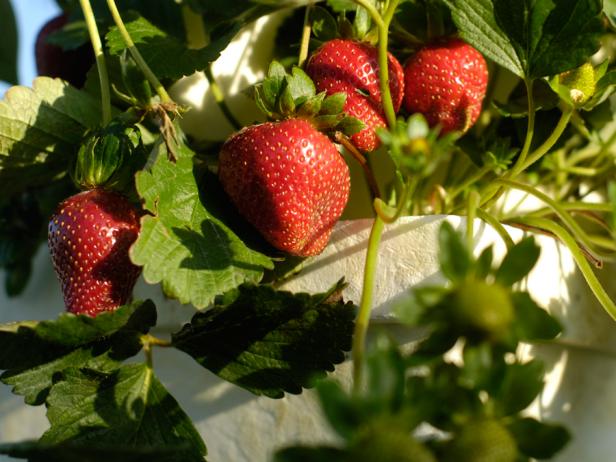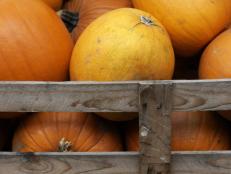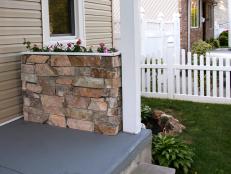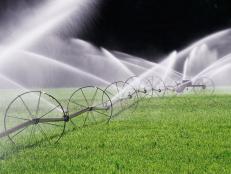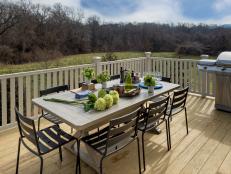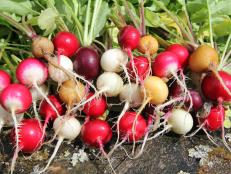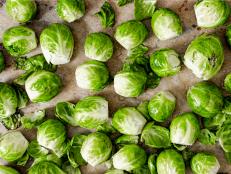How to Plant Bare-Root Vegetables
Before you can reap the tasty harvest of asparagus, rhubarb or strawberries in summer, there's an ugly bundle of roots that need to be planted in late winter. Pam Geisel, statewide master gardener coordinator in California, shows master gardener Paul James the best way to plant each of these three bare-root veggies and fruits for maximum harvest.
Asparagus
Asparagus can be very expensive to purchase fresh at the grocery store. So why not grow it in your garden? In a small amount of space and with just a little bit of money and work, you can maximize the harvest. This tasty veggie also makes a great edible perennial to use in the back of a border since its fernlike foliage reaches six feet tall. The best time to plant asparagus is between January to late March.
When shopping for asparagus roots, bigger is definitely better. Bigger clumps of roots produce plants ready to harvest the first year. Smaller clumps take an extra year or two just to develop into a healthy plant.
Have the soil tested prior to bed preparation. The test results will offer recommendations on what soil amendments to apply before planting. Because asparagus will thrive for decades, the initial task of applying the right amendments for good soil fertility is all the more important.
Dig a trench about one foot deep. Here, Geisel applies a generous layer of compost to improve soil tilth. This is followed by a light layer of bone meal. Bone meal, blood meal, green sand or ground oyster shells slowly release calcium, nitrogen, potassium and phosphorus, which helps to avoid burning the roots. To further avoid doing so, mix it well into the soil. These nutrients will keep the asparagus green and healthy.
Before placing the roots in the trench, Geisel creates loose soil mounds for them to rest on. This keeps the asparagus roots from kinking and promotes good drainage so they won't rot after a good rain. She places each clump of roots on the soil mounds, evenly spacing them about 12 to 18 inches apart across the trench. This is also a good time to inspect the roots, picking off any damaged or decaying roots before placing them in the ground.
Once the roots have been placed, break up any soil clods, and gently but firmly backfill the soil into the trench. Avoid packing the soil too tightly as compaction can severely limit growth. Let the rain and irrigation settle the soil in place.
When the time comes, the spears will emerge out of the ground. To harvest, use a sharp knife to make a cut on the spear just below the soil surface. It's tempting to harvest all the tasty spears, but a good portion should be left to mature. This puts energy back into good root production for a bigger, better harvest next year.
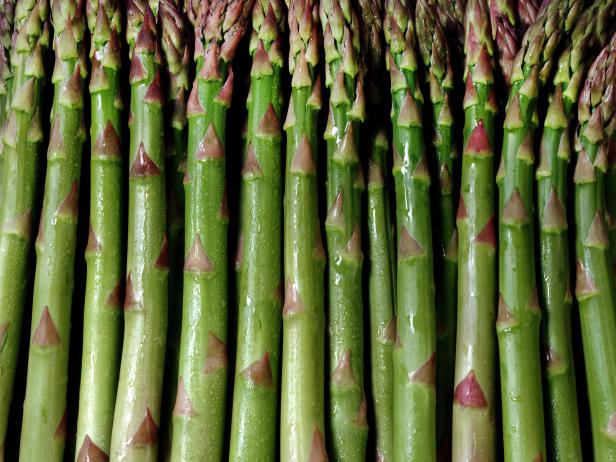
Rhubarb
Rhubarb is another ornamental perennial vegetable that starts from gnarly roots but grows into a beautiful foliage plant. The leaves are shiny green with scarlet-red veins. Caution: The leaves are poisonous. The scarlet-red leaf stalks are the edible part of the plant.
For rhubarb, dig a hole three feet wide and one foot deep. The hole's large size helps to avoid soil compaction at the root level. Amend the soil with the soil test's recommendations. Here, Geisel uses compost and a starter fertilizer.
Before planting, inspect the roots carefully. Avoid planting ones that show signs of decay or other damage. Instead, plant healthy roots where the buds already show signs of growth.
Place the healthy rhubarb root in the center of the hole. As with asparagus, backfill the soil loosely into the hole so compaction doesn't occur. Water thoroughly. In two years, ravishing, ruby-red rhubarb will be ready for harvesting.
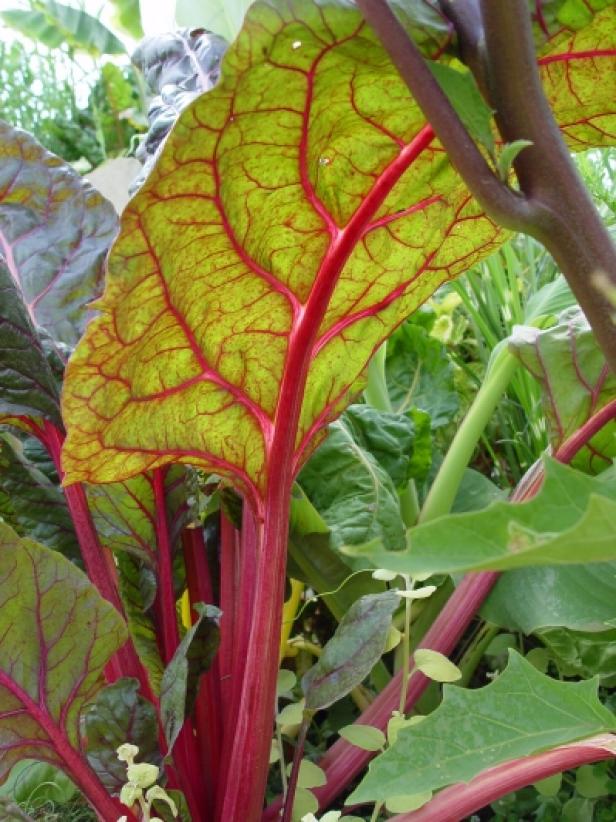
Strawberries
Strawberries begin as a tangled mass of roots that ultimately produce sweet red fruits. They can be easily planted in-ground or in containers.
To plant them directly into the ground, Geisel prepares the planting area by applying the necessary soil amendments. She digs a shallow trench and places each set of roots in the trench, spacing them about five inches apart. The roots are then buried only up to the crowns. (If the crowns are buried, they will rot.) When the plant matures and develops runners, you can remove the plantlets and transplant them to containers or other areas of the garden.
In June when the strawberries begin fruiting, Geisel recommends mulching heavily around the plants. This will keep the fruit off the ground so they'll rot less and so pests, such as slugs and pillbugs, are less likely to get to them.
